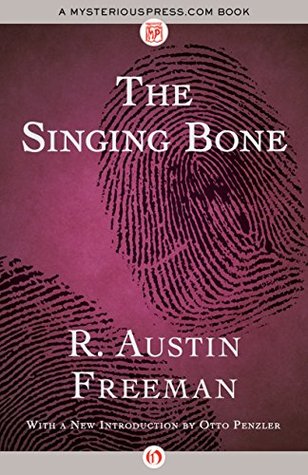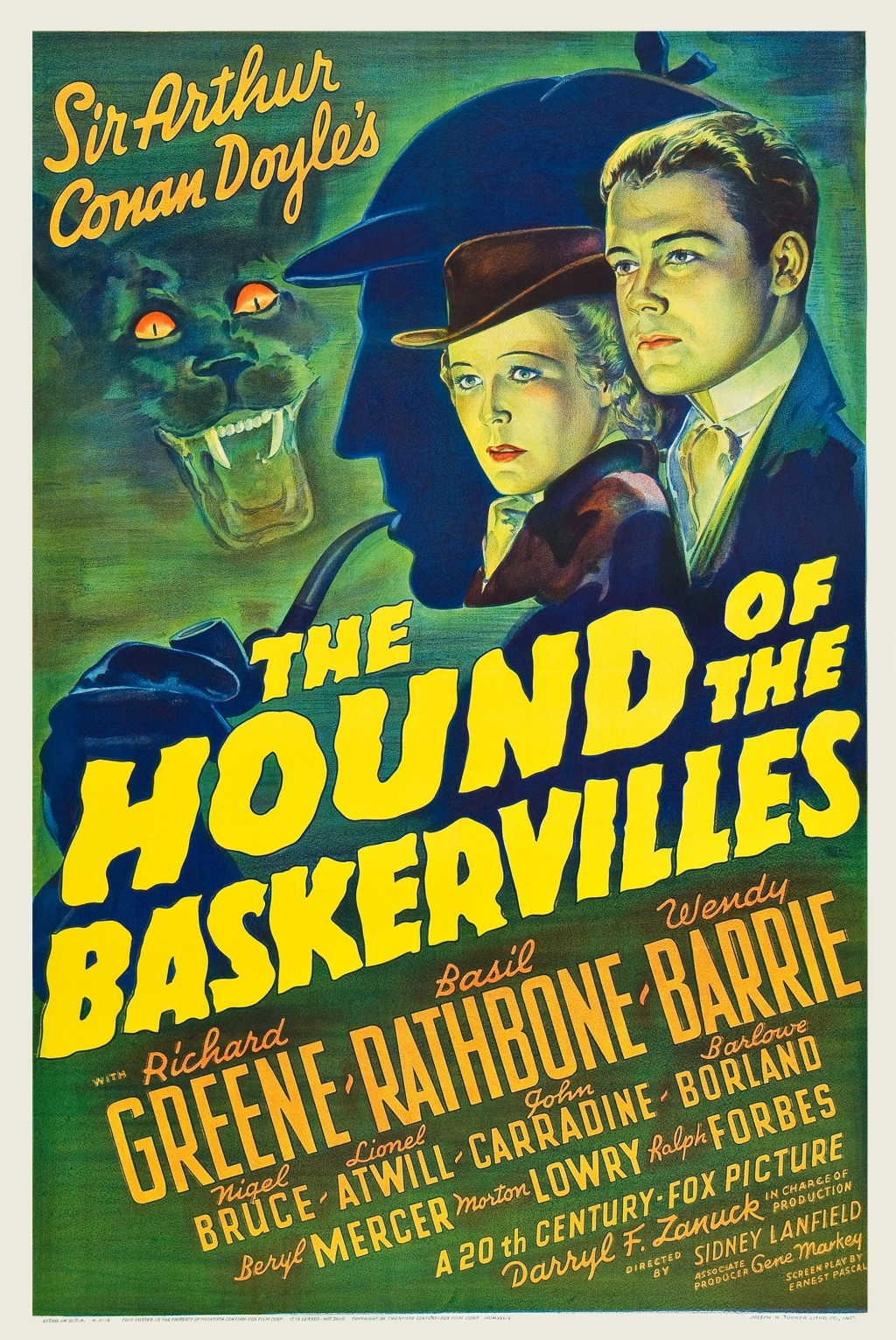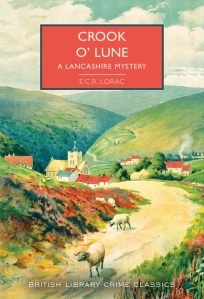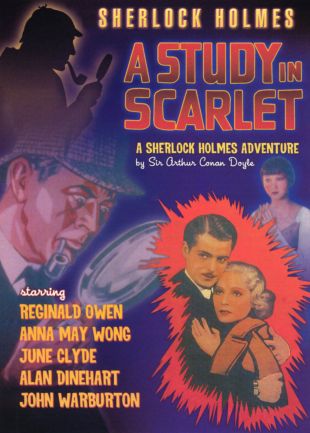
Originally published 1912.
This volume collected stories originally published from 1909 to 1911.
Dr. Thorndyke #5
Preceded by The Mystery of 31 New Inn
Followed by A Silent Witness
Silas has diamonds in the heel of his shoe. He is a thief, but until the night he meets Oscar Brodski on the footpath near his house, he has never considered murder. A diamond dealer, Brodski’s pockets bulge with more precious stones than Silas has ever dreamed of, and they will be his with one swift, violent act. Silas does the deed and arranges the diamond dealer’s body to make the death look accidental. He has provided for every contingency—except for the arrival of a doctor named Thorndyke.
In this collection of stories, the reader knows the killer’s identity long before the ingenious medical detective enters the scene. These are brilliant early examples of open mysteries, in which the question is not whodunit—but how will he get caught?
In the introduction to The Singing Bone, R. Austin Freeman takes the credit for inventing what he terms the inverted mystery novel when he wrote his short story The Case of Oscar Brodski. He suggests that this was something of a experiment – an attempt to refocus the reader’s attention from whodunnit to the question of how they would be caught.
Freeman’s reason for experimenting with the form was to reject the artificiality of the detective story with its focus on who did the crime and instead create something more realistic. The suspense would not come in waiting for the reveal but rather in smaller, incremental moments in which we see the killer’s deceptions coming undone.
Freeman wrote of his project:
Would it be possible to write a detective story in which from the outset the reader was taken entirely into the author’s confidence, was made an actual witness of the crime and furnished with every fact that could possibly be used in its detection? Would there be any story left when the reader had all the facts? I believed that there would; and as an experiment to test the justice of my belief, I wrote “The Case of Oscar Brodski.” Here the usual conditions are reversed; the reader knows everything, the detective knows nothing, and the interest focuses on the unexpected significance of trivial circumstances.
R. Austin Freeman – Preface to The Singing Bone
While Freeman did not invent the idea of following a criminal as they conduct a crime, he does create a format that retained the structure of a detective story that would prove to be a model for later authors. Crofts, for example, follows the structure of splitting some of his inverted stories in half such as in Antidote to Venom, beginning by following the criminal and then switching to the investigator.
I have previously read and reviewed the earliest of the inverted stories, The Case of Oscar Brodski, on this blog but I wanted to go back and read the rest of the collection. This week I was given a little push towards doing that when I agreed to prepare for about inverted crime novels (more on that at a future time). It seemed to me that I couldn’t approach that without a fuller experience of Freeman so this jumped up to the top of my TBR pile.
Dr. Thorndyke is not the most animated sleuth around but Freeman’s stories are far from dull. The cases themselves and the process of deductive reasoning built on forensic evidence he uses can be really novel and entertaining. In a few cases, such as The Echo of a Mutiny, complex ideas are communicated and used very effectively.
I also appreciate that while Thorndyke is always successful at discovering everything the physical evidence has to offer there is no guarantee that the criminal will be held accountable. This not only adds an additional layer of interest to each story, it is also an acknowledgement that forensic scientists do not solve crimes themselves and also that sometimes you can find the killer but be unable to prove it beyond a reasonable doubt.
I found points of interest in each story in the collection but some particularly appealed. A Case of Premeditation engaged me with its challenges to the reader – something I had never encountered in an inverted story – and while I think Thorndyke guesses at some aspects of the case, it is very entertaining.
I also loved A Wastrel’s Romance which I think has an entertaining scenario and some charming character choices. Finally, I recommend The Case of Oscar Brodski for its importance to the development of the form.
On the whole I think that this is a very effective collection that left me keen to read more Freeman. Sure, the sleuth himself is a little dry but the situations Freeman creates are both colorful and interesting.
I offer more detailed thoughts on each of the individual stories on the second page of this review.
The Verdict: A key text in the development of the inverted mystery which includes several entertaining short stories.
Story by Story Notes
The Case of Oscar Brodski
The Case of Oscar Brodski was, as Freeman notes, the first of the inverted-style stories to be written and sees the author start his experiments. I have previously reviewed it when it was included in the British Library Crime Classics anthology Blood on the Tracks.
The Case of Oscar Brodski is a story told in two parts of unequal length. The short opening identifies the murderer and explains the choices that he makes that lead to him taking a life and we see him staging the scene to try to mask his guilt. At the end of this section we are, in effect, challenged to imagine how he might possibly get caught.
The second part reveals that Dr. Thorndyke happened to be travelling on the railway line on the evening of the murder and became aware of the investigation into the death. While he does not have his full laboratory with him, he does have a small green case packed with smaller versions of many of his instruments and his systematically analyses the evidence to build up a picture of just what happened.
The investigation is compelling because the evidence is convincing and easy to follow. Thorndyke may not be the most dynamic investigator but it is interesting to see just how he works and his acknowledgement that his success was down in part to fortunate timing as had he been later on the scene much of the evidence would have not been there.
A Case of Premeditation
In this story a man who had been in prison but escaped, faking his death to start a new life, encounters a retired prison guard. That former guard demands that he be paid a hundred a year to keep his silence which the man agrees to think about. However we learn that he is just buying time, recognizing that this is likely to be just the start of the blackmailer’s demands, and that he plans on killing him after making some preparations.
I liked Brodski but I loved this story. While Freeman is a very matter-of-fact writer, there are some wonderful touches here such as the way he presents, logically, why murder will be the only solution in just a paragraph.
Freeman here not only creates an entertaining premise for an inverted story, we also see him incorporating several new elements. For instance, he challenges the reader to understand exactly what our killer is doing with an apparently disparate set of items. This is as much a howdunnit as it is a howcatchem.
I think the story unfolds pretty cleverly and there were some really interesting ideas at work here. The weaknesses are all in the second part with Dr. Thorndyke making some frankly quite audacious deductive leaps with little definitive evidence. Still, I think Freeman makes up for that a little by delivering a very impactful conclusion.
The Echo of a Mutiny
Freeman gives us a different sort of structure in this third tale, placing two characters with a grudge against each other in a situation that will lead to murder. We do not know exactly which of the pair the victim will be until right before the midpoint of the story when a murder takes place.
I will say that I found this story to be rather unengaging – at least in the first half. It is necessary to explain the movements of the various boats to set up our scenario but I felt that Freeman took too long to get to the point where the two characters would recognize each other and conflict would ensue.
On the other hand the second half of the story is wonderful, brilliantly illustrating Thorndyke’s process and the idea that inanimate objects have a story to tell if we listen to them.
For another (much more positive) take on this check out the review of the collection by Patrick At the Scene of the Crime.
A Wastrel’s Romance
Augustus Bailey is a gentleman of limited means who supports himself by petty thievery. The story opens with his attending a party at a private home uninvited. There he comes into contact with someone who knows him and who is attending wearing some fabulously expensive jewels…
I won’t spoil the exact nature of events that leads Thorndyke to investigate this one. I will say I found it an enjoyable tale with interesting characters that once again illustrates the idea that an item can tell a story. Some of the reasoning on show is absolutely superb and certainly convinced me in Thorndyke’s deductive brilliance. The conclusion is fantastic too.
The Old Lag
The final story in the collection is the only one that is not inverted. In it Thorndyke is approached by a man who is being sought by the police. He is being accused of a murder but has no idea why. Thorndyke agrees to look into the matter and finds that the police have forensic evidence placing the man at the scene yet his client vehemently denies this. Could the evidence be wrong?
This ends up feeling quite procedural as Thorndyke analyses the evidence and uses his forensic techniques to identify a different murderer. The interest that this will engender will depend on your interest in forensics – there were a few points that certainly interested me.
It’s a solid tale and its inclusion makes for an interesting contrast with the other stories in the collection. I will say that I found the first half of the story, in which Thorndyke works on disproving the accusation against the suspect, more entertaining than the drier second part.




Leave a comment